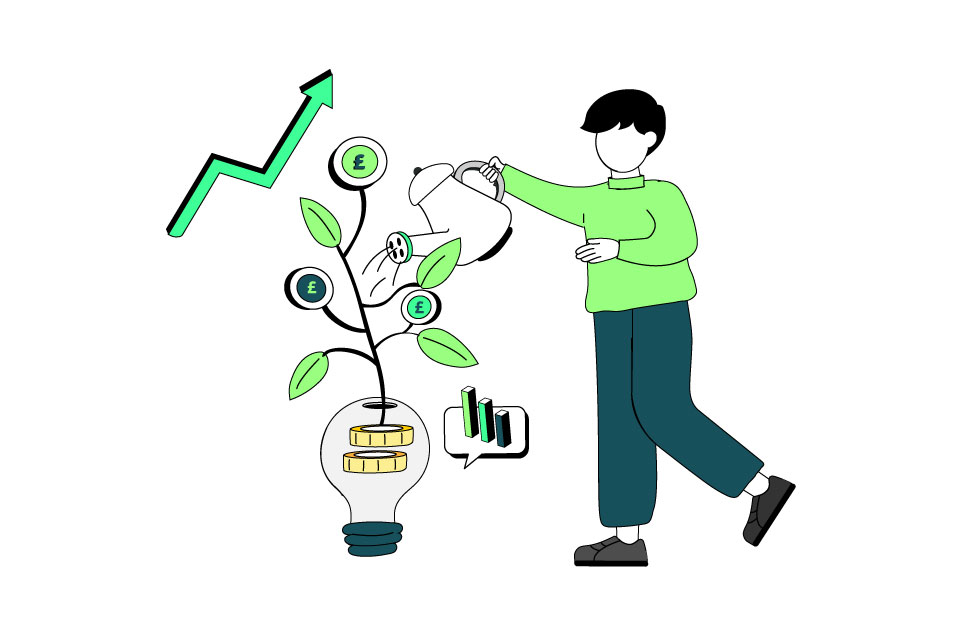When it comes to service excellence, it’s interesting how quickly new technology becomes commonplace and makes us forget about the way we used to do things. If we rewind the clock just a decade, cash payments accounted for more than double the value of debit card transactions.
Fast forward to now, and it’s hard to miss the ‘contactless only’ signs in shops, bars, restaurants – and even medical facilities. This made it all the more interesting to read last week that cash is apparently making a comeback. According to data from the British Retail Consortium, the use of cash rose for the first time in ten years in the first half of 2023, accounting for 19% of all transactions. For customer-facing businesses, this should be a poignant reminder to stay aware of and flexible to the evolving needs, habits, and preferences of their customers.
Cash is king once more – but why?
Historically, for consumers, cash tends to make a comeback in challenging economic periods. With the cost-of-living crisis and future of the UK economy on everyone’s mind this year, it’s perhaps not surprising to see this mini-resurgence.
Consumers are spending less. But they are spending more thoughtfully and carefully, making smaller and more discerning purchases, and focusing on value. As our data has consistently shown, service can be a major differentiator for businesses in times of financial uncertainty, with consumers willing to spend more for a better service experience.
It’s not just consumers that are showing signs of reverting to pre-pandemic ways. We have seen lots of businesses scaling back on customer service technology too in response to customer feedback – whether that’s meant opening more physical branches, putting staff back on tills, or phasing out tech that was introduced during COVID, such as at-table ordering or QR code payments.
So, have we finally started answering the question about the real value of service and how best to achieve it? I certainly think that we really do need to ensure we get our cost-based analysis right. I think we might be surprised that in some cases the tech simply isn’t worth the cost and effort for businesses and, crucially, falls short when it comes to delivering a seamless experience and effective service.
What does that mean for businesses?
Whether this recent shift in spending habits turns out to be a short-term phenomenon or long-term revival is yet to be seen. However, it clearly underscores the evergreen need for businesses to get their service proposition right. The return of cash, however brief, should serve as a reminder to provide different channels and methods for customers to engage.
Our most recent UK Customer Service Index (UKCSI) demonstrated that implementing new tech-driven systems and processes without enough user testing, genuine questioning, and the customer outcome and intention in mind can be problematic. Deploying the right tech in the right way will be important for efficiency and service quality and, as ever, it is about ensuring a suitable blend of human and technology.
In this case, no matter how customers choose to spend their money, businesses should be able to accommodate it. We should be able to spend, whether with cash, card, or cheque, in the comfort that we’ll receive the full experience – and with it, excellent customer service and value.



